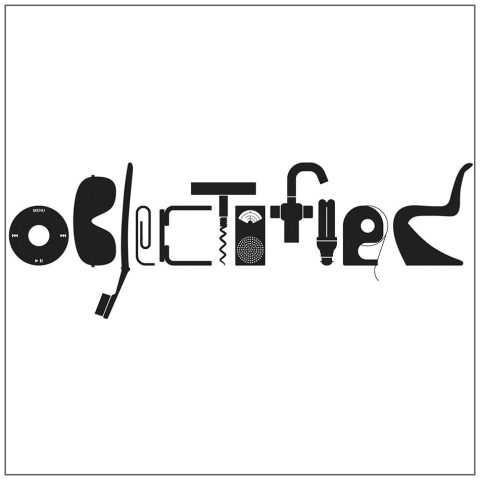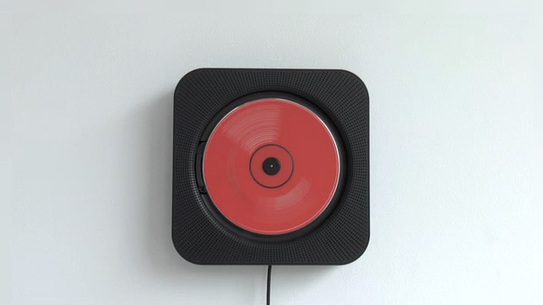When we first introduced ourselves to you on our home page, we told you that we were OCD – obsessive compulsive about design. That’s why the film by Gary Hustwit, a documentary called “Objectified,” has caught our attention and inspired us to respond to his film and apply it to our own field of design, architecture. If you’re curious about the film or have never heard of it, you can watch a short trailer below:
youtube.com/watch?v=S9E2D2PaIcI&w=560&h=315
Let’s sum it all up. Hustwit has many interesting and curious views to share, but we’re going to focus on our four favorites.
- Everything begins with the realization that absolutely every man-made object you have touched was designed by someone. Somewhere along the way, someone made a series of decisions, conscience or not, that led to the final design.
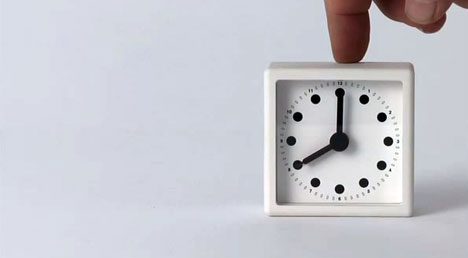
Scenes from “Objectified” - We accept most objects that we interact with the way they are, with little or no critique or discussion about their design. How often do you find yourself commenting on the design of your tape dispenser? My guess is that you’ve never considered it before. And that’s the point – the designers worked hard to produce a product that improves someone’s life without them having to think about it. But there’s also poorly designed products for sale everywhere and they will never be improved upon until their users start commentating on these everyday objects.
- Good design often looks like the absence of design. This is the result of stripping away everything that is unnecessary until only the core remains and the essence of the design is discovered. A person looks at a good design and can’t picture it any other way, because it simply couldn’t be done differently. We must differentiate between good design and “new now” design, which is an intoxicating disillusion. A good design will allow the product to “wear in” rather than “wear out.” Many poor designs (“new now” designs) will be discarded by the user in less time than the designer took to create them. Yet, it’s inevitable that the designer is forced to face the truth – in a matter of weeks, months, or years, their product will end up in a landfill. Good design not only considers the product when it is being used, but all throughout its life cycle from production to disposal. The industry must look for sustainable resolutions at every step of the process.
- We live in a new time – one of technological revolutions. With all the advances that the world has made, humans now live in a digital era rather than an analog era. The result is that form no longer has to follow function. Yet for some reason, we hold on to certain forms though their function has changed. Designers keep revisiting these archetypes without having a reason to, other than the comfort that results from the familiarity of the design.

Scenes from “Objectified”
These views all apply in one way or another to architecture. Simply put, architects are responsible for designing the built environment. The physical designs are created to incite certain emotions in the viewers, but architects do something much more. They manipulate the built environment to affect everyone that enters it in one way or another, often intangible, and without them knowing it. It’s the ultimate design.
Here at VFLA, sustainability has always been in the front of our minds when we design and build. We approach it from many angles – where we get our materials and products, what those are, the methods in which we create. But we also consider time. We ask how we can create a building that can and will be used for as long as a time as possible. When it has reached the end of its life cycle, we consider how easy it will be to remove the materials from the site with as little damage to the environment as possible and what will become of all those materials – most likely they’re reused or recycled.
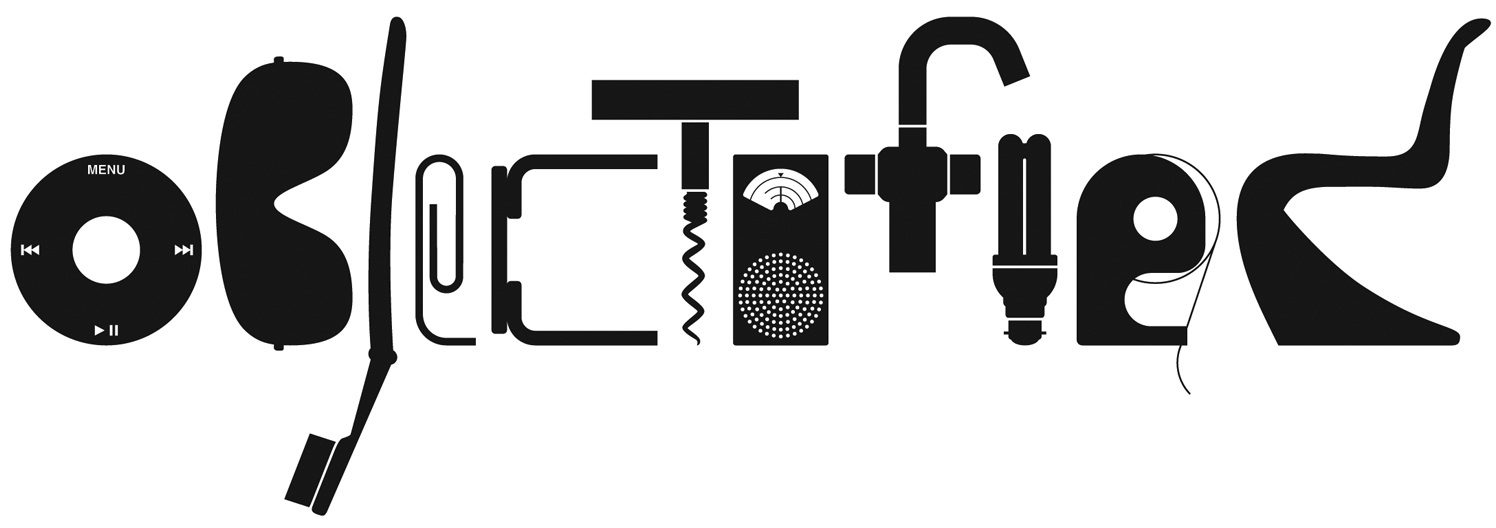
We could, and most likely will, sit and talk for hours here in our studio about design– the good, the bad, the old and the new – but for now, we hope that you’ll consider our four thoughts and become a little more conscientious about the design that inevitably surrounds you each and every day.
